RESTLICHT - BERND NICOLAISEN, 2004-2015
 Polished, Restlicht, Skeidararjoekull, ISL, 2017
Polished, Restlicht, Skeidararjoekull, ISL, 2017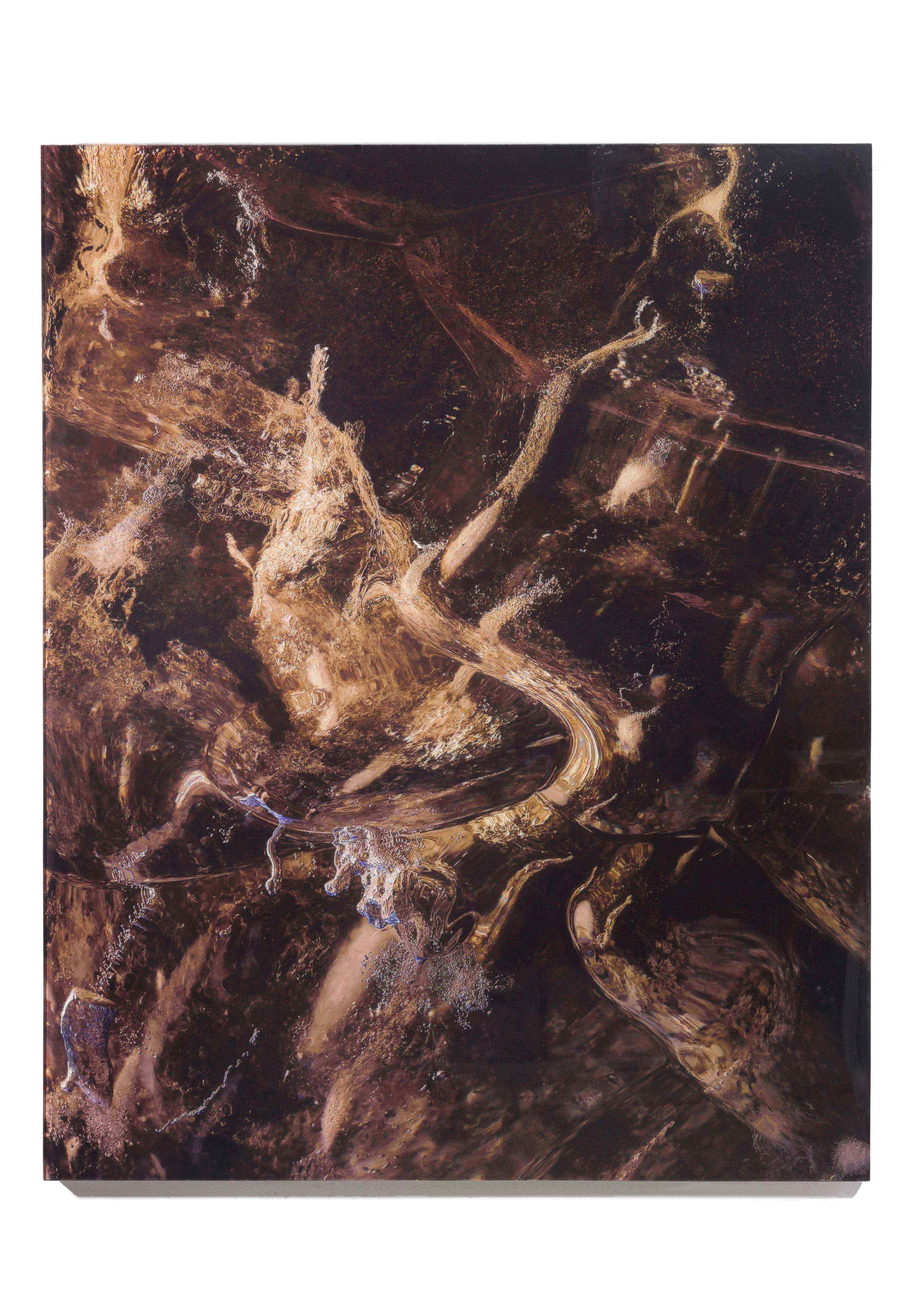 Pilgrim, 3D print, Restlicht, Vatnajoekull, ISL, 2016, 2018
Pilgrim, 3D print, Restlicht, Vatnajoekull, ISL, 2016, 2018 Shape, Restlicht, Skeidararjoekull, ISL, 2015
Shape, Restlicht, Skeidararjoekull, ISL, 2015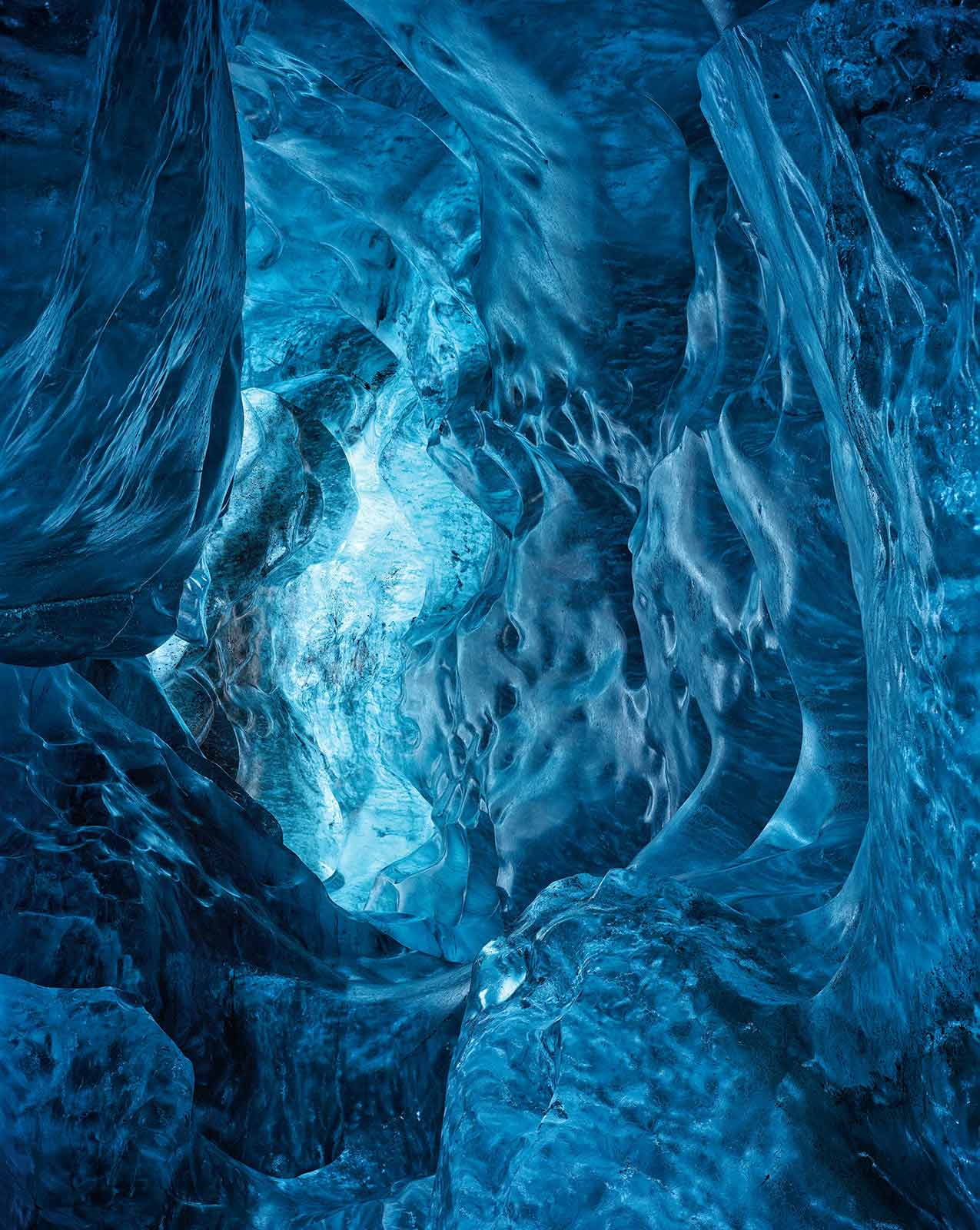 Drop, Restlicht, Vatnajoekull Mountain, ISL, 2015
Drop, Restlicht, Vatnajoekull Mountain, ISL, 2015 Dimensions, Restlicht, Breidamerkurjoekull, ISL, 2016
Dimensions, Restlicht, Breidamerkurjoekull, ISL, 2016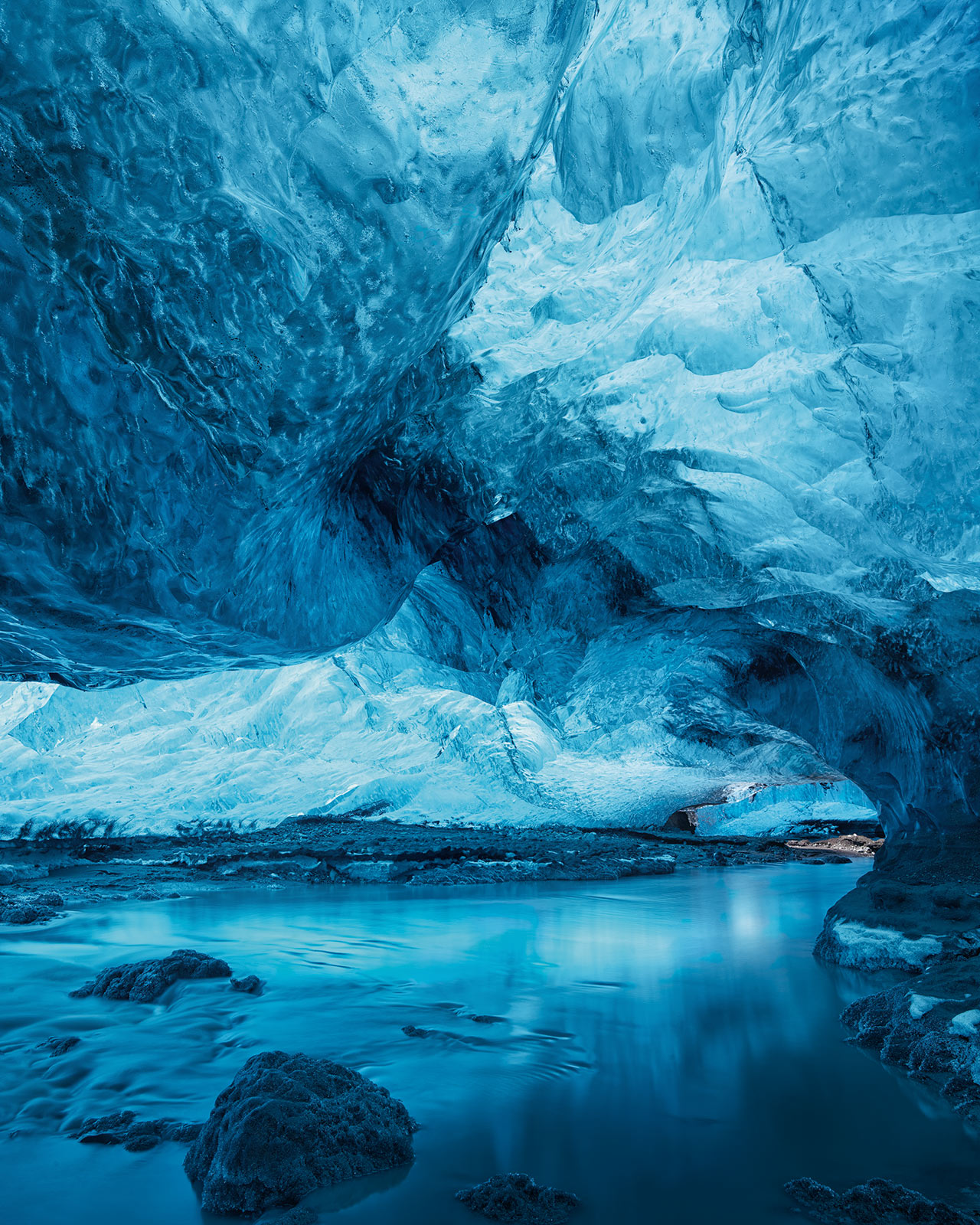 Blue Light Waves, Restlicht, Outlet River Breida, ISL, 2014
Blue Light Waves, Restlicht, Outlet River Breida, ISL, 2014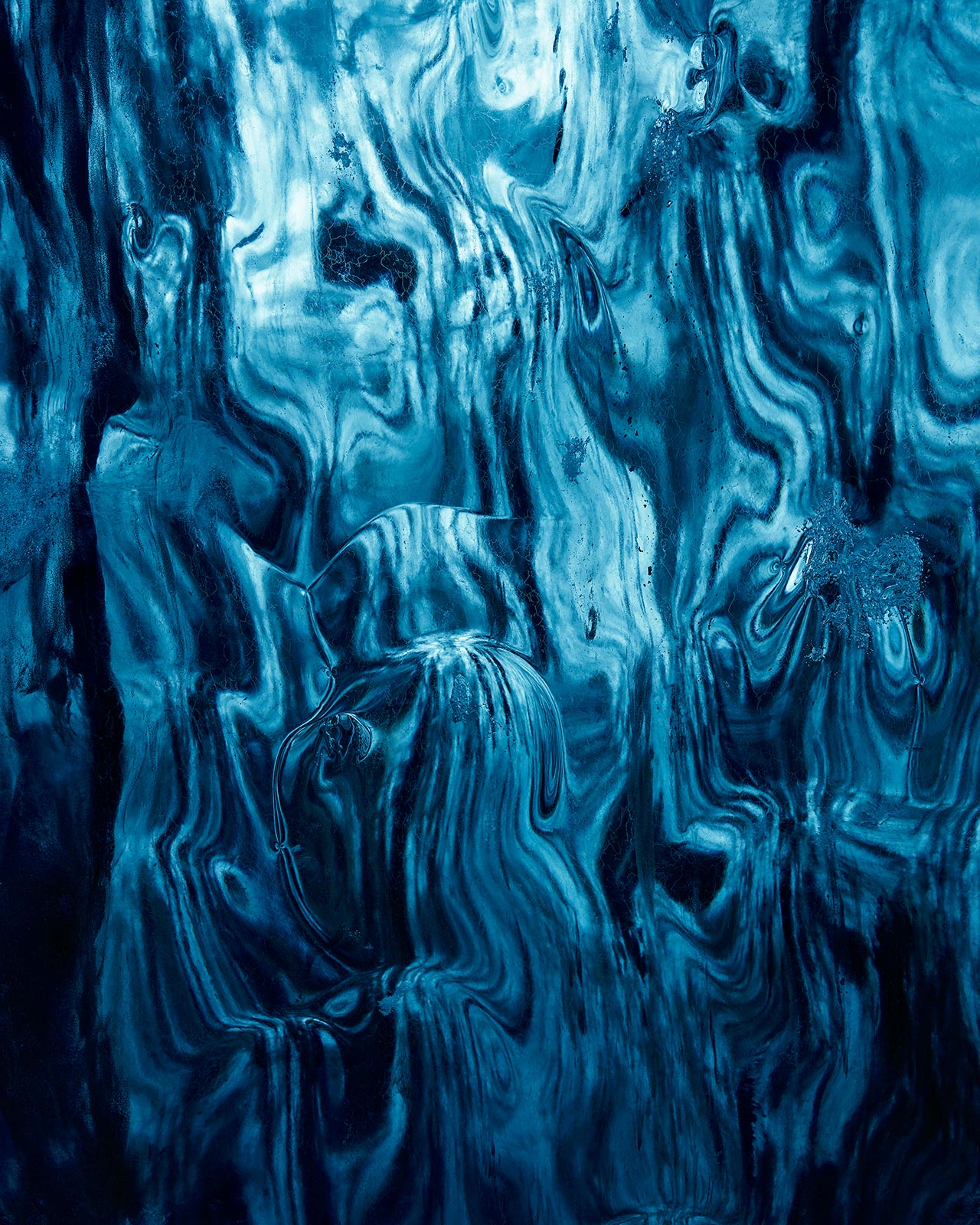 Utgard, Restlicht, Outlet River Breida, ISL, 2016
Utgard, Restlicht, Outlet River Breida, ISL, 2016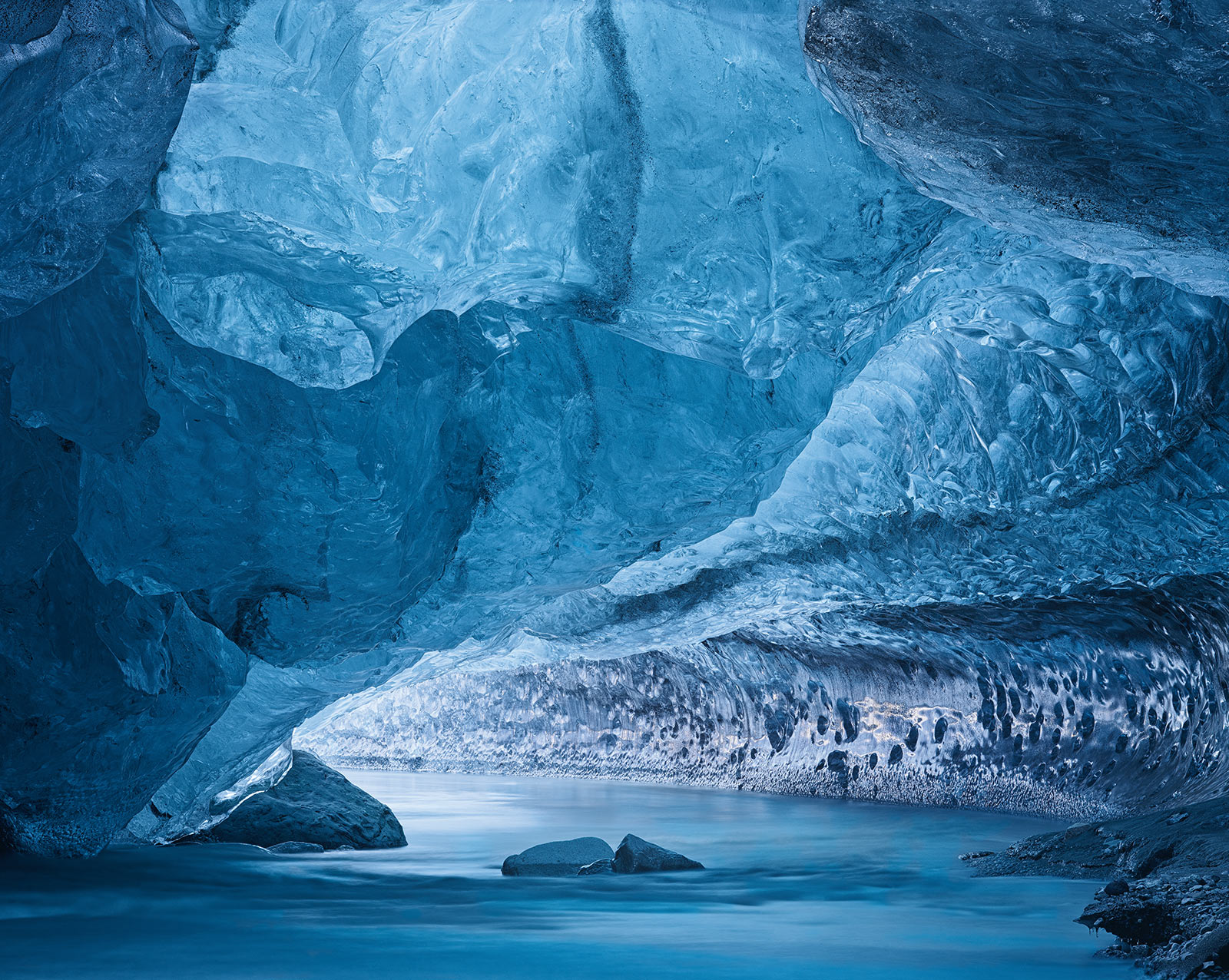 Breida, Restlicht, Breidamerkurjökull, ISL, 2014
Breida, Restlicht, Breidamerkurjökull, ISL, 2014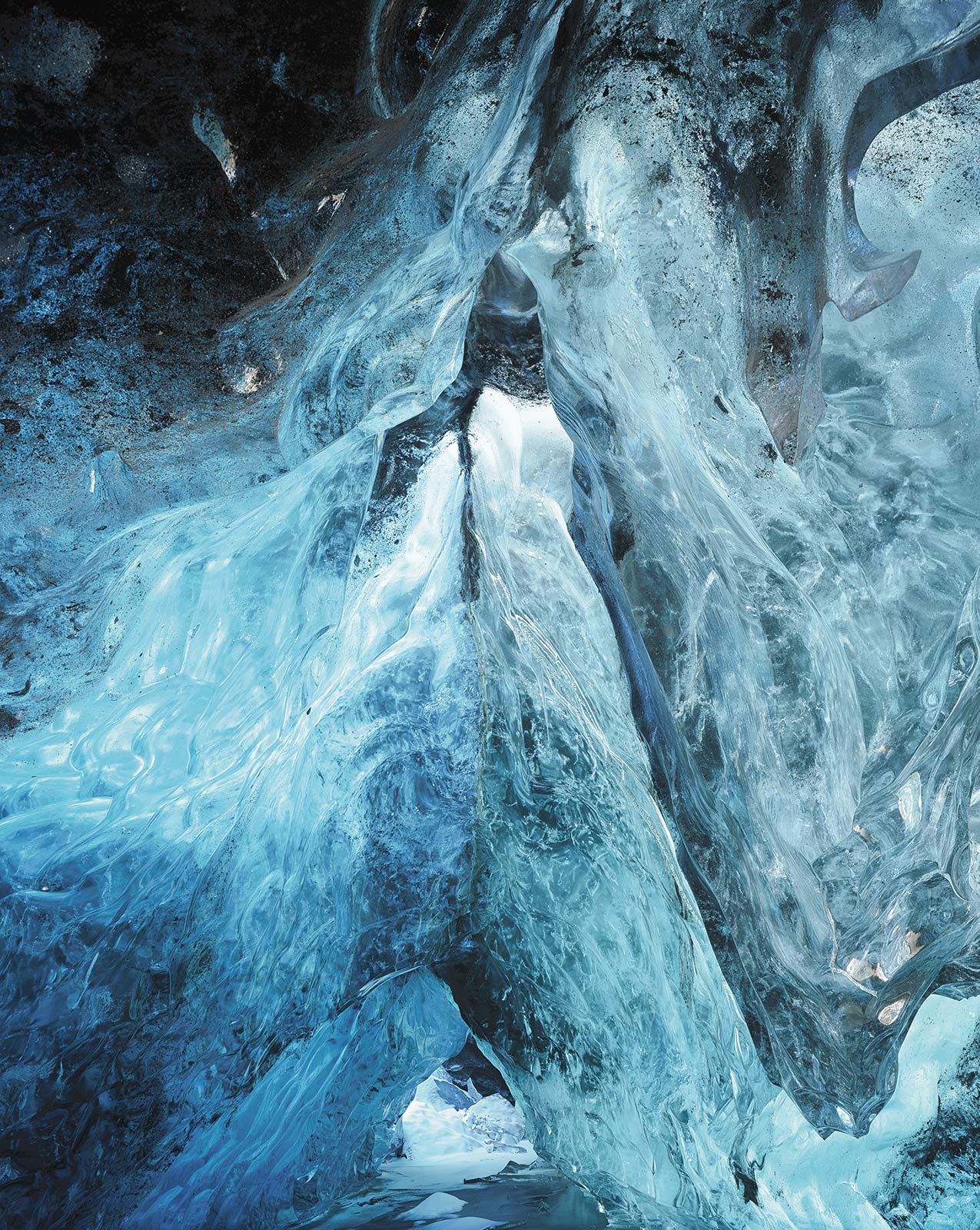 Ballroom, Restlicht, Svinafellsjoekull, ISL, 2009
Ballroom, Restlicht, Svinafellsjoekull, ISL, 2009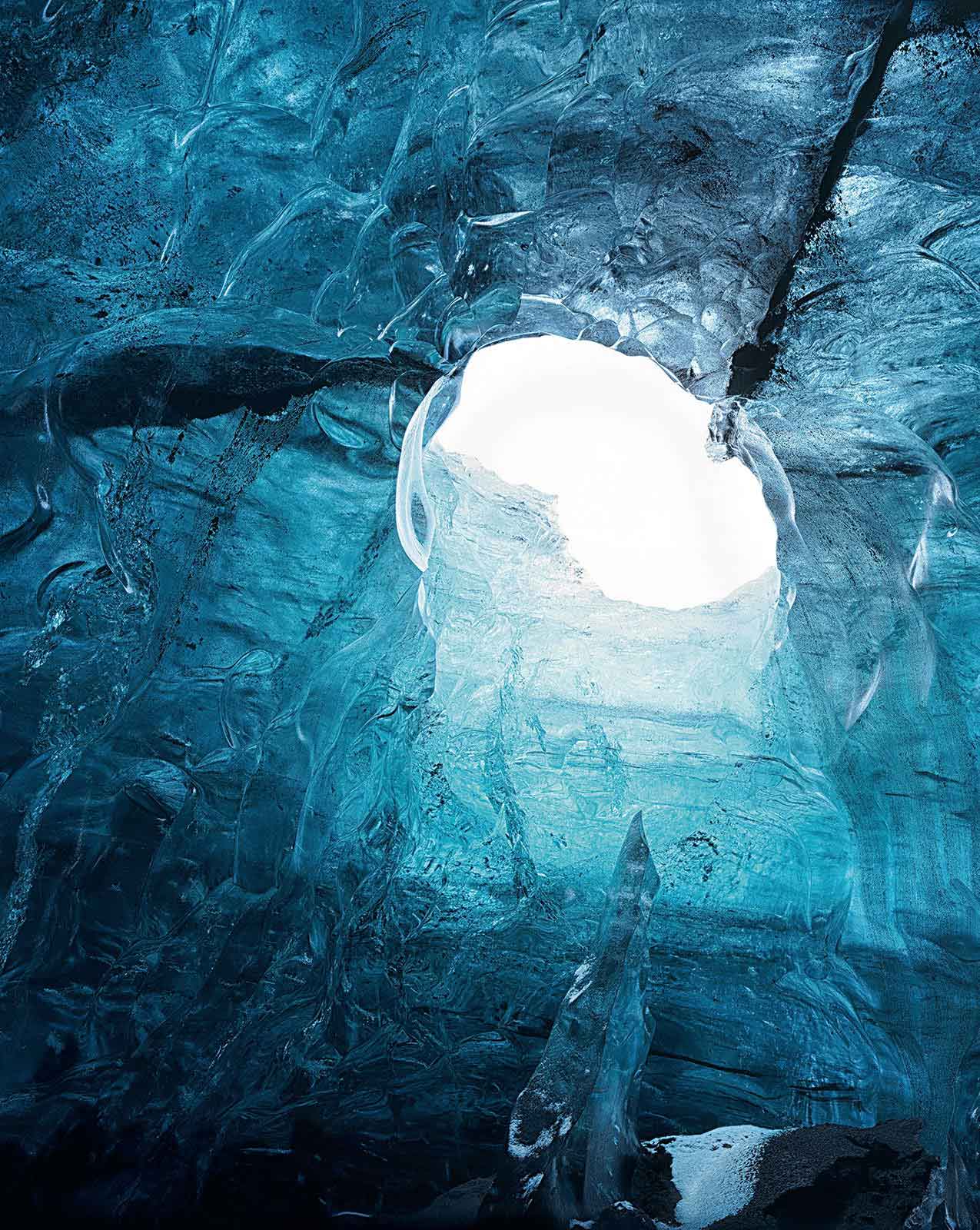 Open, Restlicht, Breidamerkurjoekull, ISL, 2013
Open, Restlicht, Breidamerkurjoekull, ISL, 2013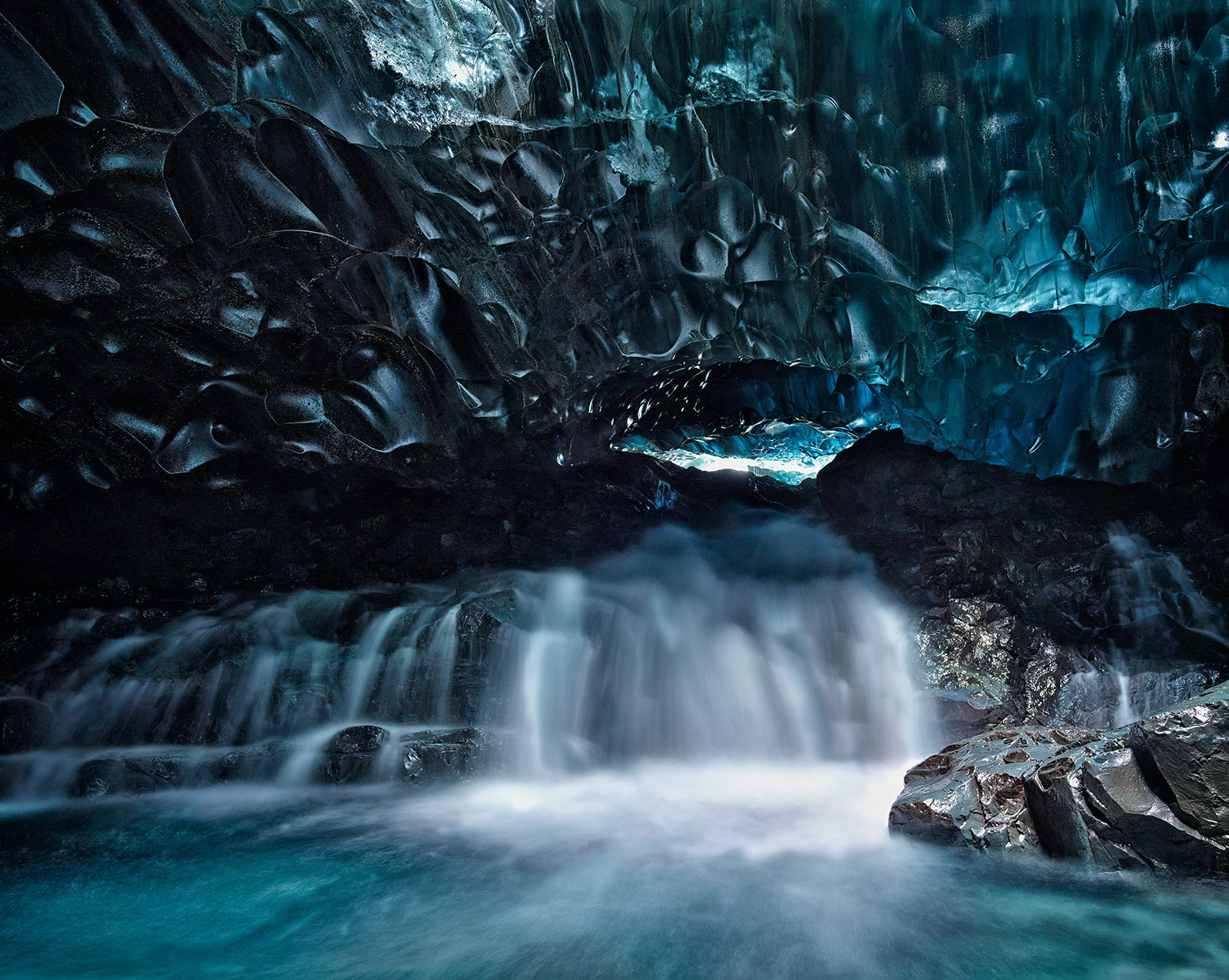 Cave of Sound, Restlicht, Vatnajökull Mountain, ISL, 2014
Cave of Sound, Restlicht, Vatnajökull Mountain, ISL, 2014 Vita, Restlicht, Outlet River Breida, ISL, 2010
Vita, Restlicht, Outlet River Breida, ISL, 2010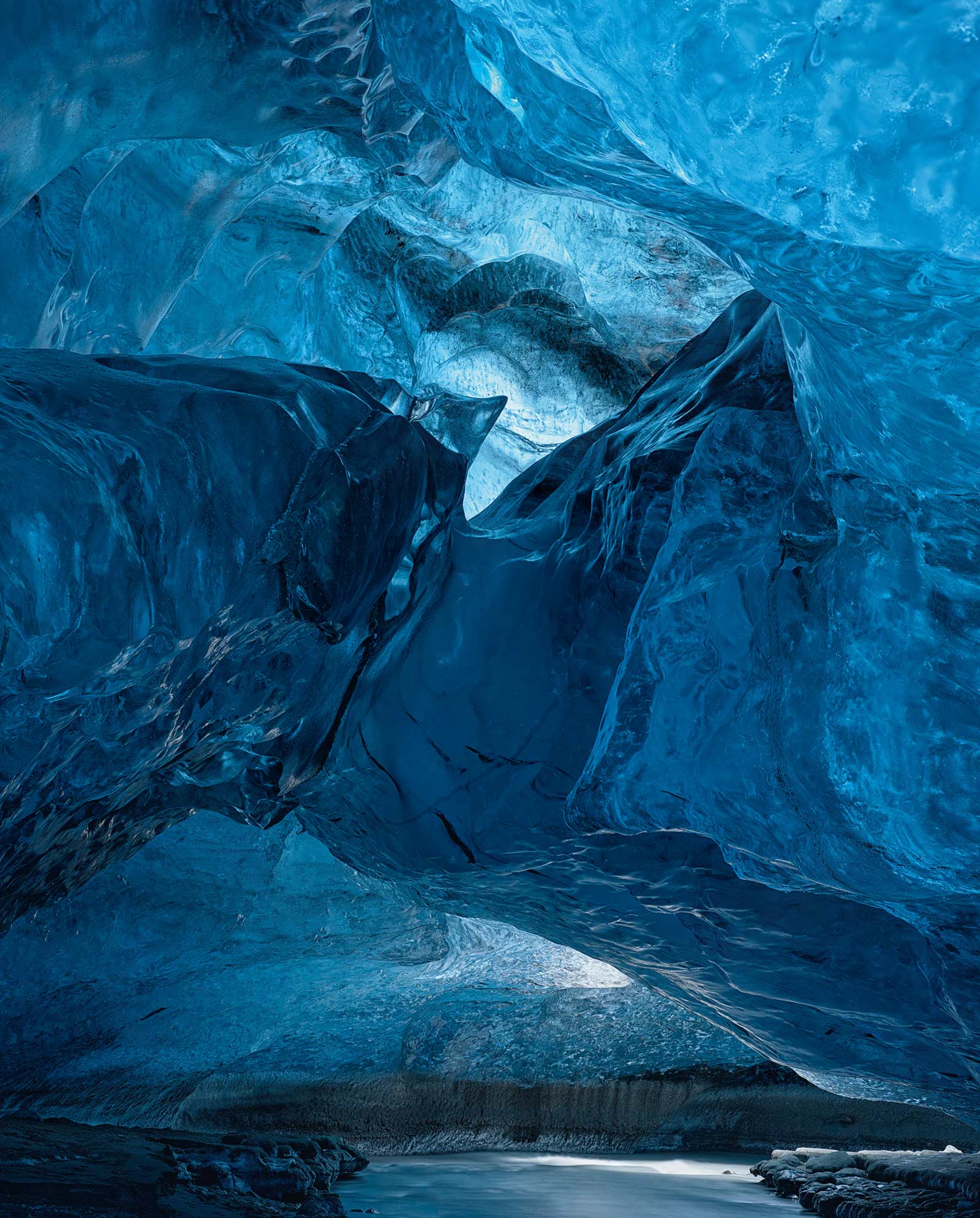 Bridge over Ice Water, Restlicht, Outlet Breida, ISL, 2014
Bridge over Ice Water, Restlicht, Outlet Breida, ISL, 2014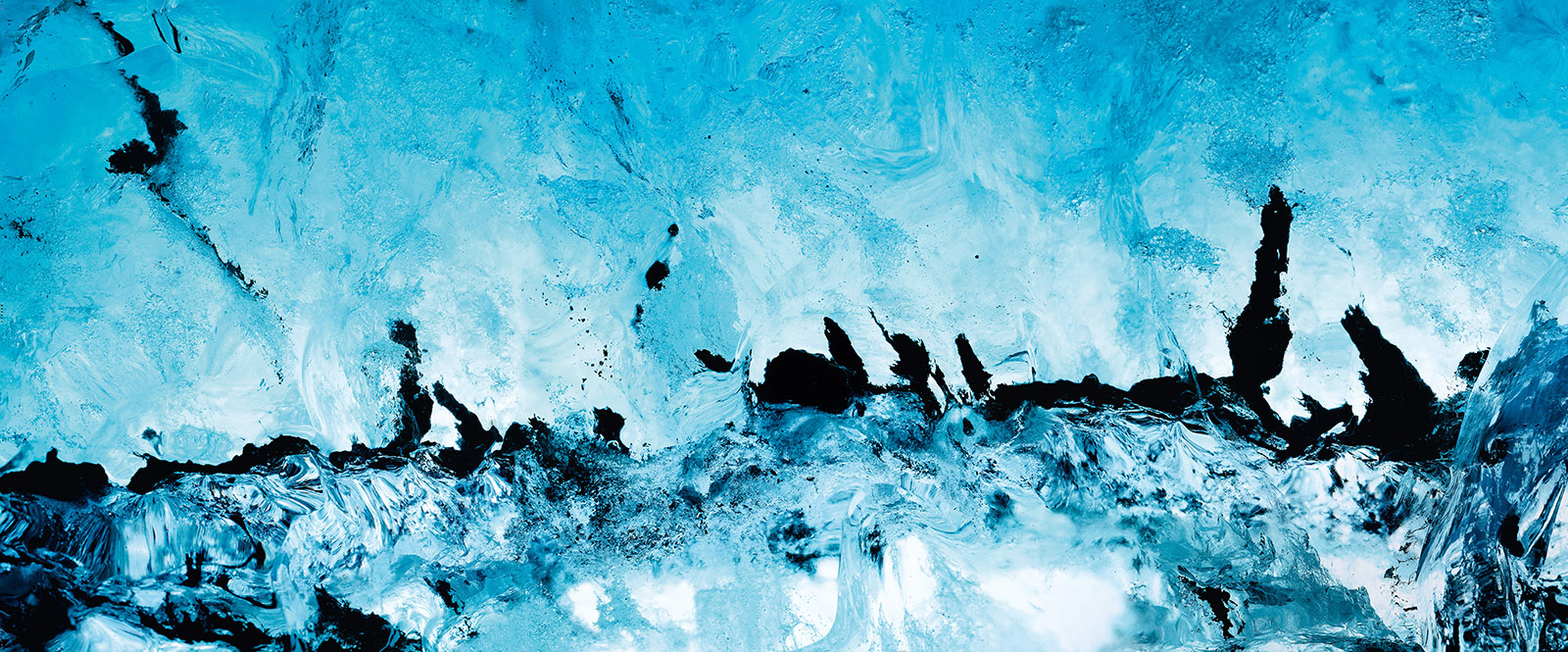 The Way, Restlicht, Falljoekull, Oraefi, ISL, 2009
The Way, Restlicht, Falljoekull, Oraefi, ISL, 2009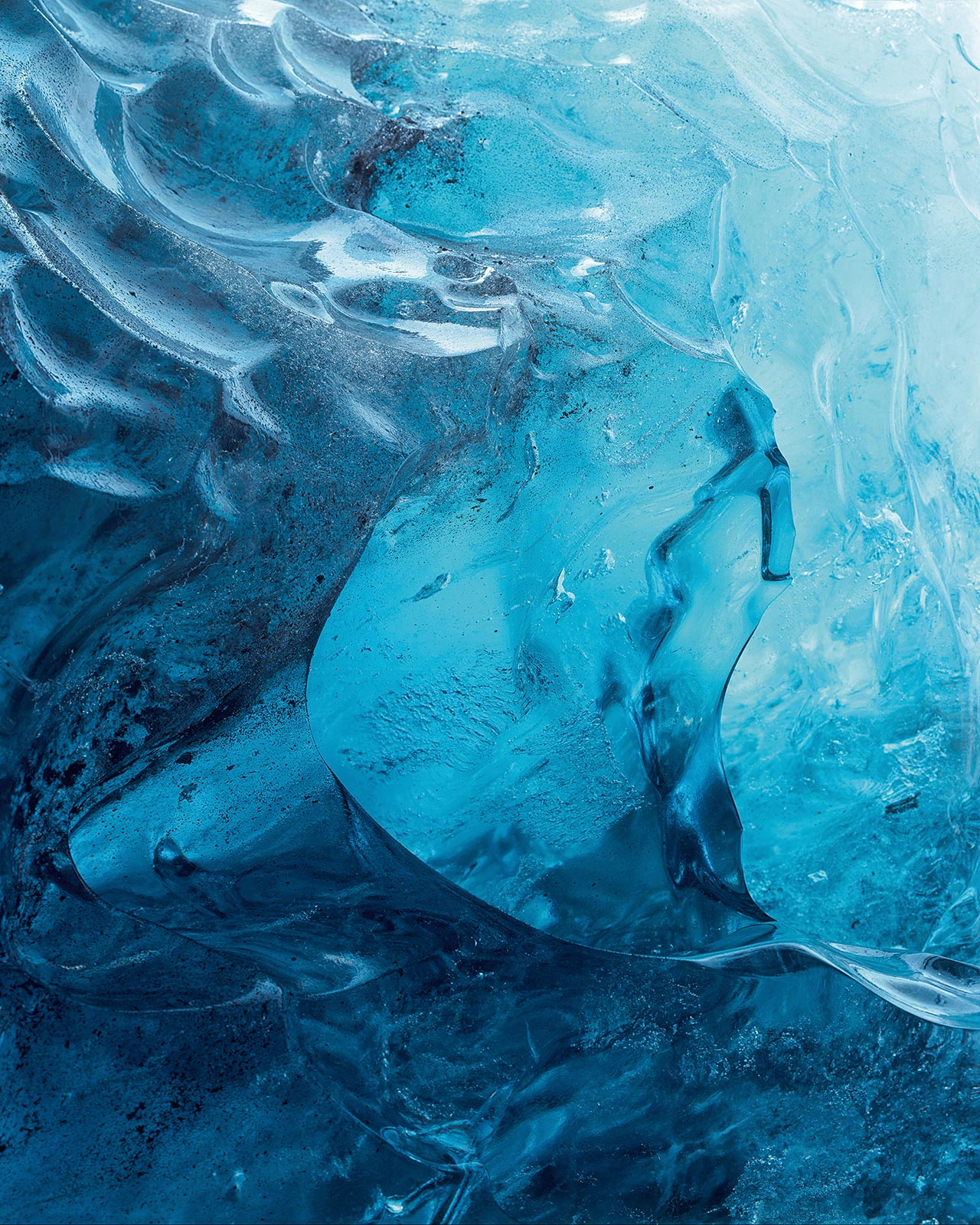 Mjoellnir, Restlicht, Vatnajoekull, ISL, 2009
Mjoellnir, Restlicht, Vatnajoekull, ISL, 2009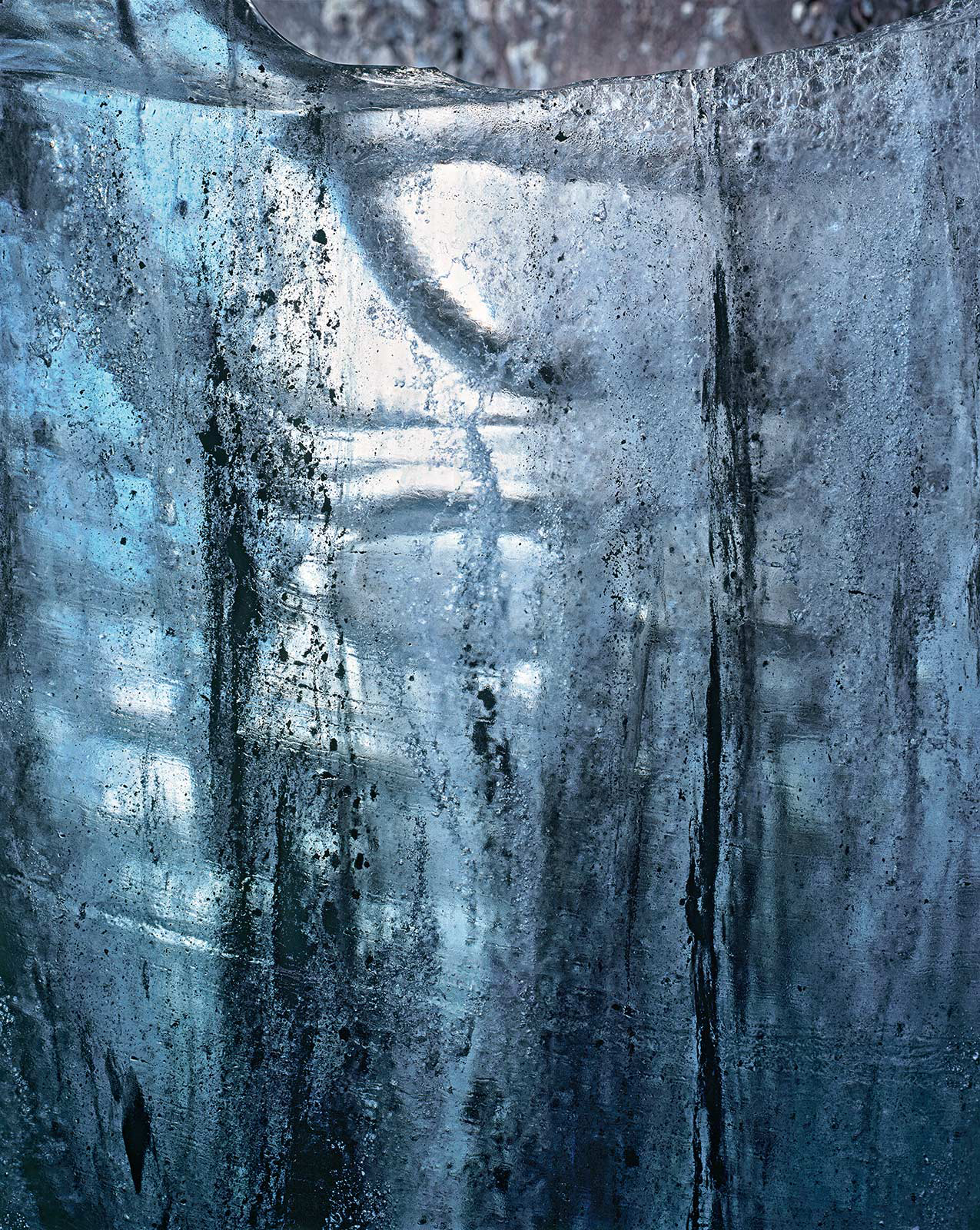 Thin, Restlicht, Falljoekull, Oraefi, ISL, 2010
Thin, Restlicht, Falljoekull, Oraefi, ISL, 2010 Translucence, Restlicht, Breidamerkurjoekull, ISL, 2016
Translucence, Restlicht, Breidamerkurjoekull, ISL, 2016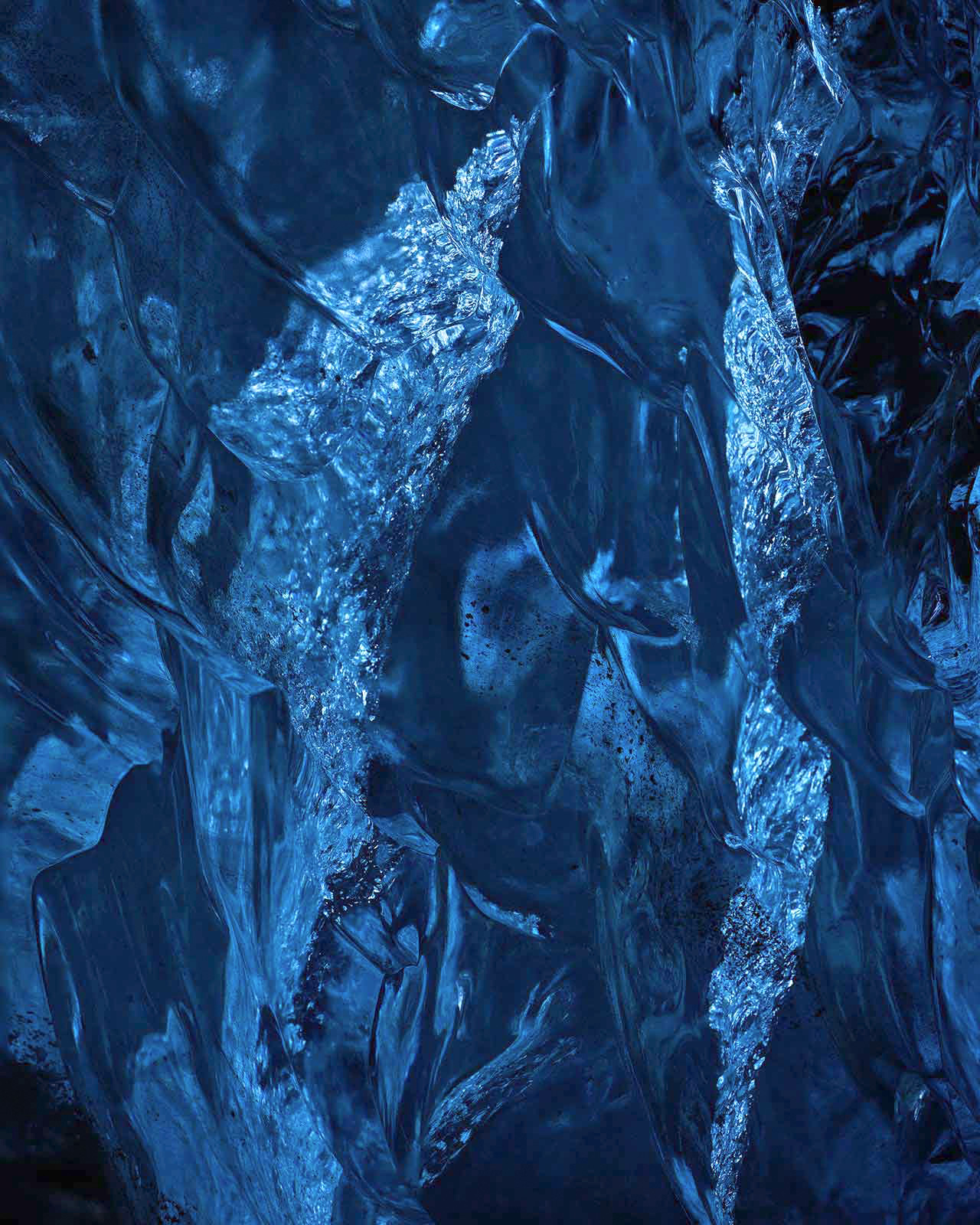 Waiting, Restlicht, Breidanon, Breidamerkurjoekull, ISL, 2008
Waiting, Restlicht, Breidanon, Breidamerkurjoekull, ISL, 2008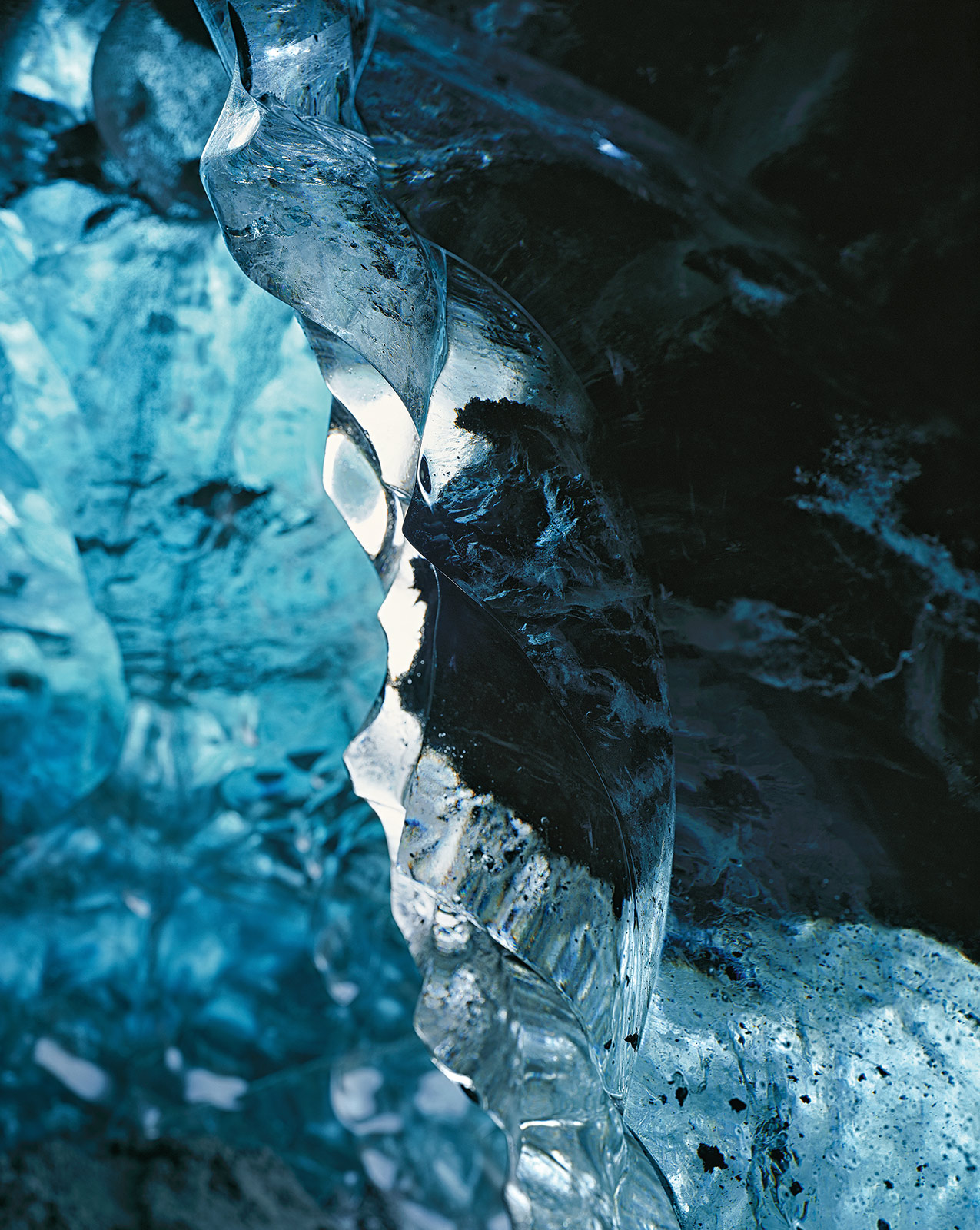 Chrysalis, Restlicht, Breidanon, ISL, 2012
Chrysalis, Restlicht, Breidanon, ISL, 2012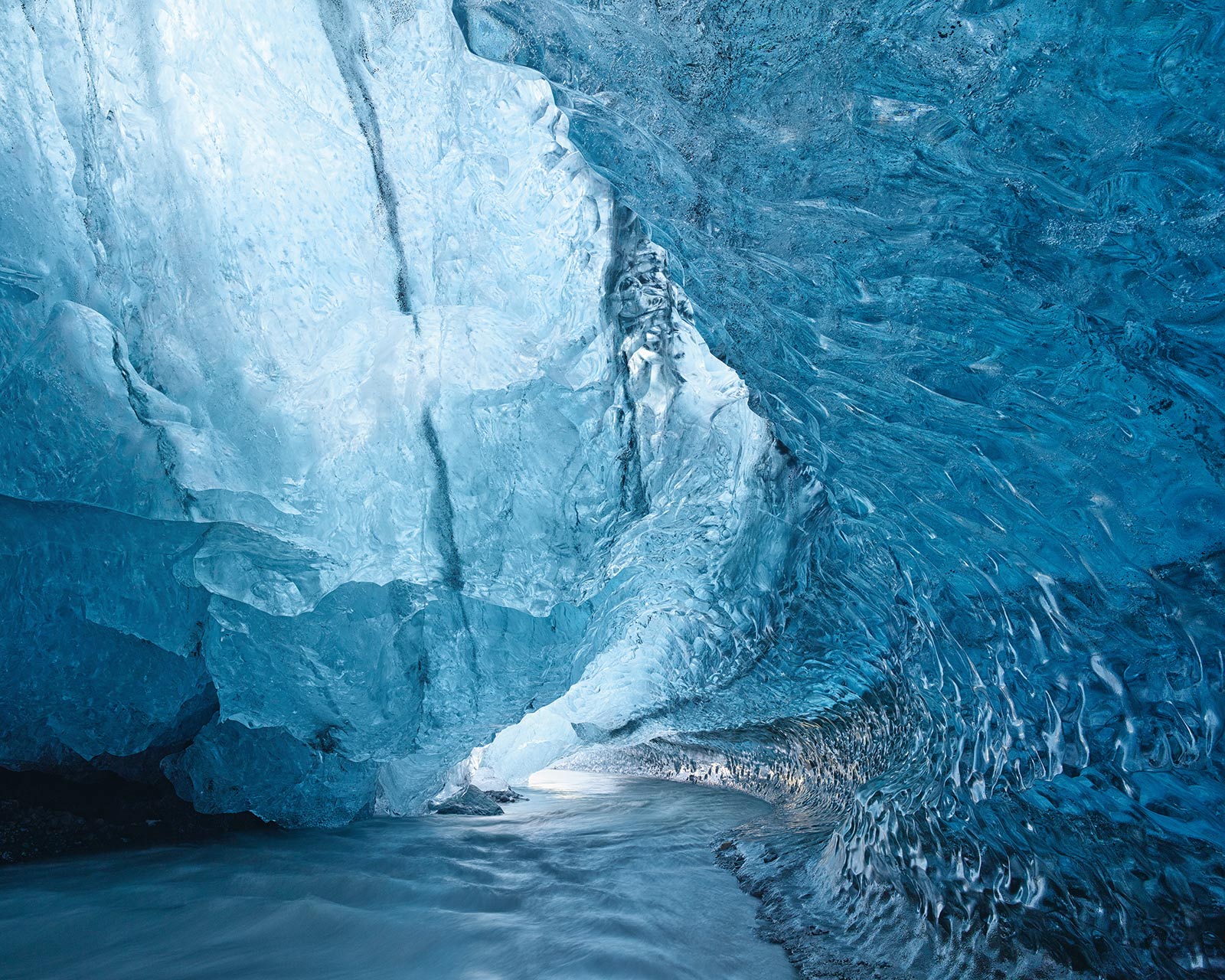 Outlet, Restlicht, Breidamerkurjoekull, ISL, 2014
Outlet, Restlicht, Breidamerkurjoekull, ISL, 2014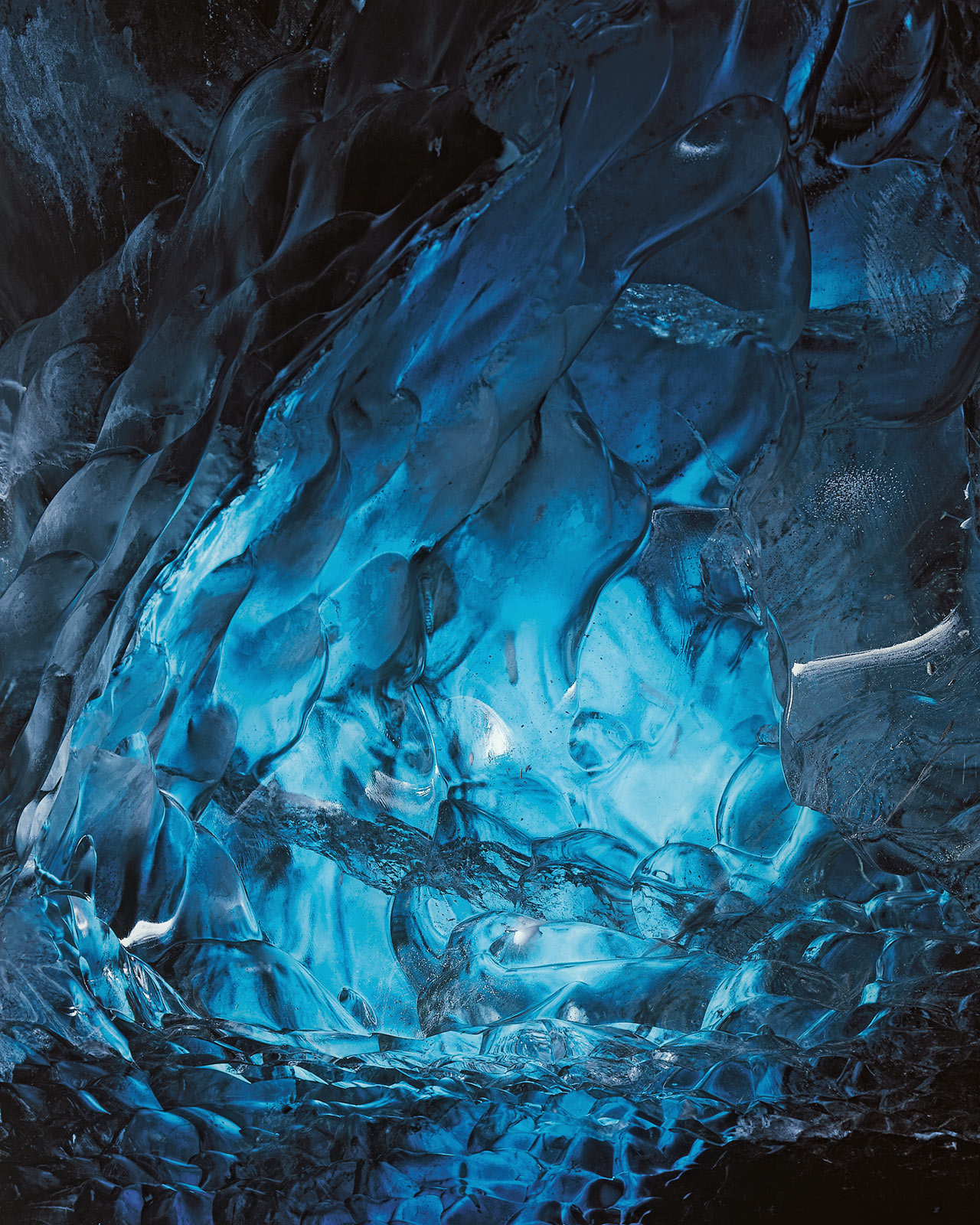 Another View, Restlicht, Breidamerkurjoekull, ISL, 2010
Another View, Restlicht, Breidamerkurjoekull, ISL, 2010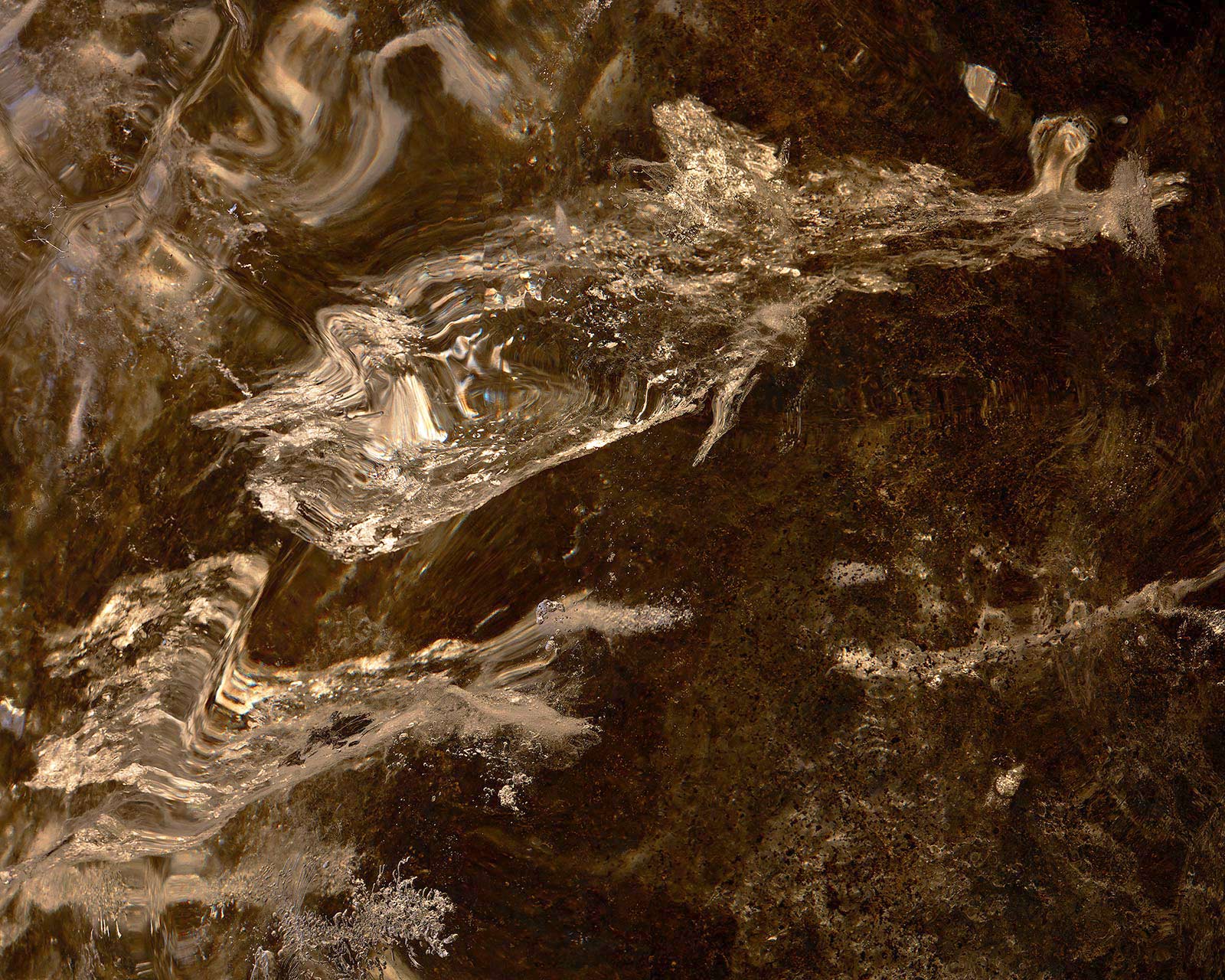 Verdani, Restlicht, Breidamerkurjoekull, ISL, 2016
Verdani, Restlicht, Breidamerkurjoekull, ISL, 2016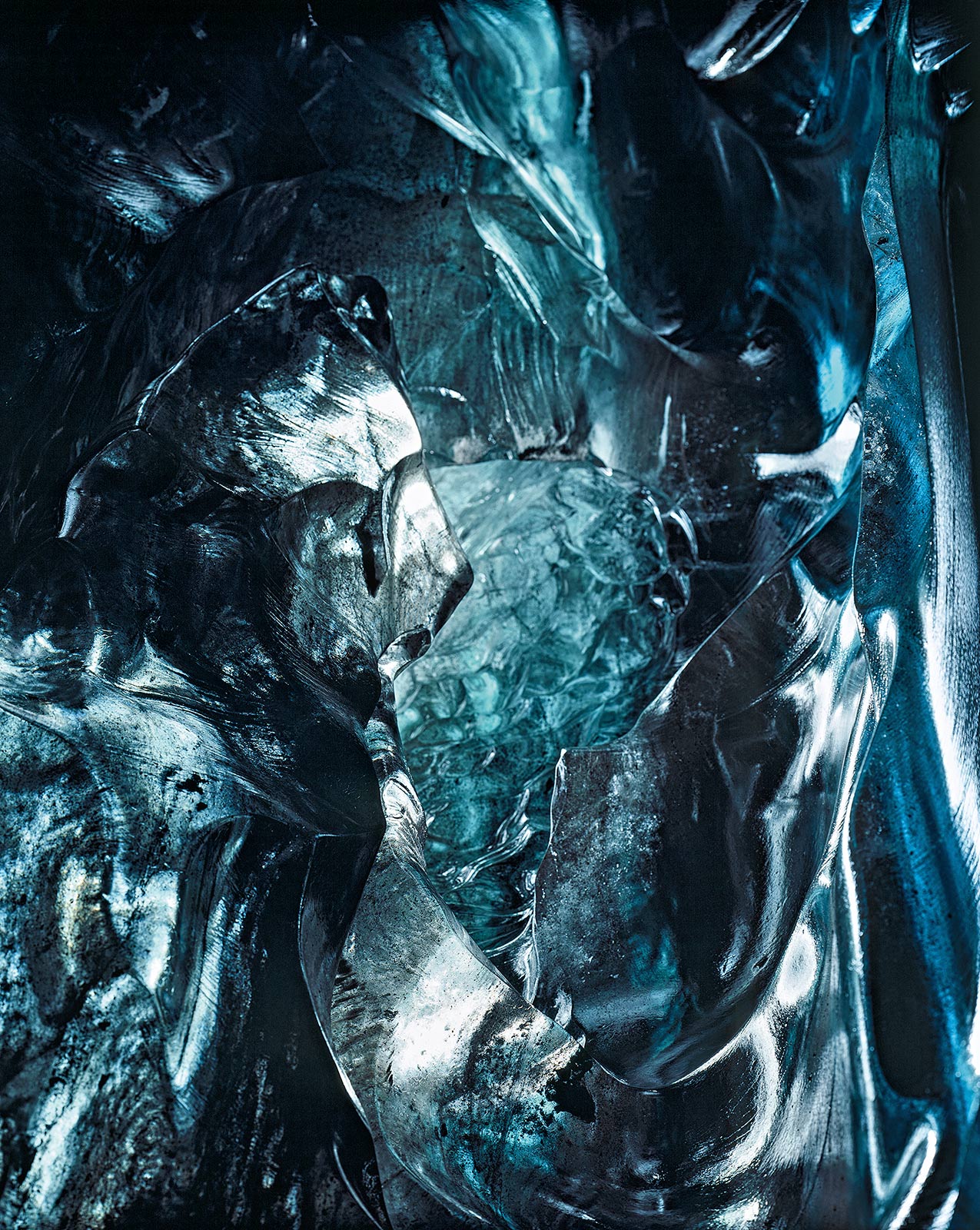 Waiting, Restlicht, Breidanon, Breidamerkurjoekull, ISL, 2008
Waiting, Restlicht, Breidanon, Breidamerkurjoekull, ISL, 2008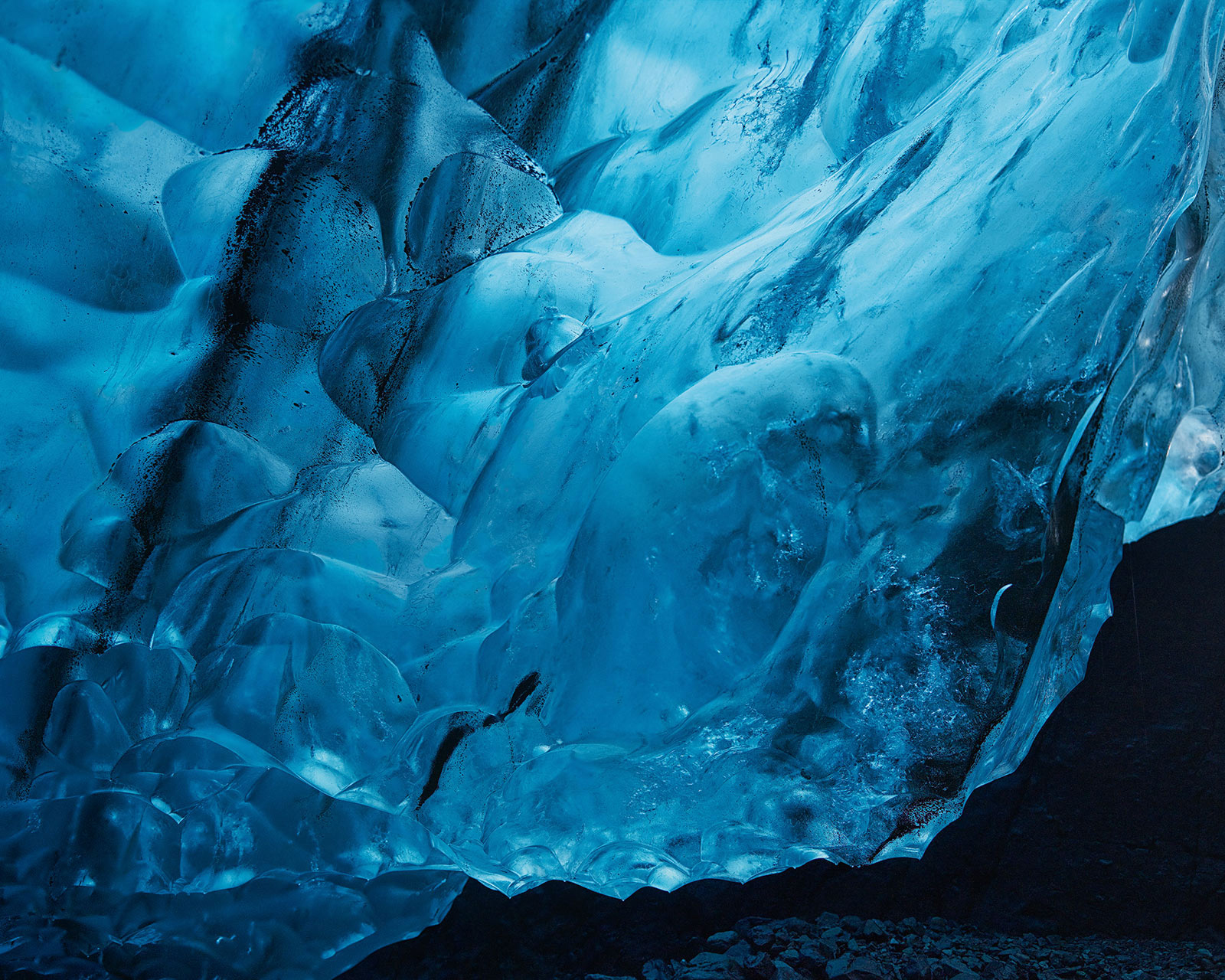 Blue Symphony, Restlicht, Breidamerkurjoekull, ISL, 2014
Blue Symphony, Restlicht, Breidamerkurjoekull, ISL, 2014
RESIDUAL LIGHT
A HYBRID OF PHOTOGRAPHY AND LIGHT ART
By Klaus Honnef
Photographs used to be considered where images were assigned a defining characteristic. But the photographed, analog images in reality are silhouetted. Nevertheless, the light initiates the photographic process. It sets off the automatism, which distinguishes it from every other technical
method of image creation.
Residual light is the trace of light remaining at the end of the day, just before nightfall. It creates a special, often poetically atmospheric mood. It requires patience and determination to put it to photographic use. Residual Light is the title of Bernd Nicolaisen’s project, which distinguishes it from conventional photography.
Light is not only the cause of what becomes visible in Nicolaisen’s pictures, it is also the subject matter itself; sometimes resembling the photograms, made without a camera, which initiated the history of photography. His works remind us of the light paintings of Heinz Hajek-Halke, through to the
work of Chargesheimer and Heinz Mack. What becomes visible, apart from the light, in Nicolaisen’s pictures can appear to be just as abstract as the works of the artists mentioned previously. It is, however, the reflection of a precise, perceptible, and completely tangible reality.
When considering the meaning of Nicolaisen’s images, common categories of attribution fail. This is what makes it easier to express what his pictures are not, rather than what they are. They bear an astounding resemblance to photograms, but only to the kind that develop thanks to natural light. They
are recordings, made from the distinctive point of view of their author, utilizing the specific capabilities of the bellows camera. So light is not their only creative factor. They distinguish themselves from light paintings as they are produced without the use of artificial light sources.
It is also significant that, although light is the object of the images, it produces a picture of something else, and does not exclusively portray itself. One may grant Nicolaisen’s pictorial objects a general kinship to the illuminated art of Adolf Luther, James Turrell, and the like; who, as they reveal their art in a space, will simultaneously make the space itself appear.
The images originate from ancient glacial ice found in the caves of Iceland, formed during a time span of tens of thousands of years. The light, penetrating layers of ice in which traces of lava have been embedded over time, is residual light that has been progressively filtered, refracted, and reflected.
It sparsely illuminates the cave. Traces of lava emerge as structural elements. Time is condensed into the image as if it were a quality of the ice itself.
Nicolaisen presents the finished pictures in light boxes, similar to those of Jeff Wall but in significantly larger, almost superhuman formats. Additionally, he displays them in a cave like ambience; for example at his exhibition in the crypt of Zurich cathedral. This provokes a shivering sensation of physical participation in the observer. This specifically selected form of presentation evokes associations with the symbolic meaning of light in almost all cultures, as a metaphor for truth and the divine. In his Residual Light project, Nicolaisen provides a new twist to Plato’s famous cave allegory,
with an alternative ending. Even shadow worlds can be infiltrated by light you only need to look for it. Residual Light manifests a hybrid of documentary photography and the art of light manipulation, in a uniquely modern sense.
CATALOG
Restlicht - Bernd Nicolaisen
Photographs – Tableaux – Lightboxes - 2004-2015, Iceland
Foreword by Prof. Klaus Honnef, with texts by Dr. Andrea Henkens, Andreas Staeger, Christoph Sigrist and Stephan Reisner, 2015.
Design: Walter Stähli, Phorbis
Publisher: Hatje Cantz
German / English. 192 Pages, 103 Images 245 x 295 cm hardback
ISBN 978-3-7757-4061-6
Scientifically supported by:
Prof. Björnsson Helgi, Research Scientist, University of Iceland, ICL